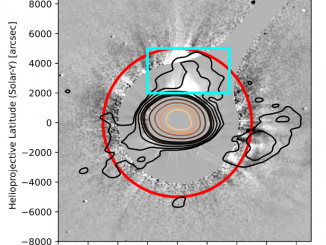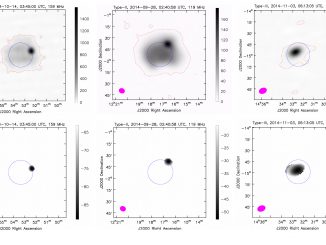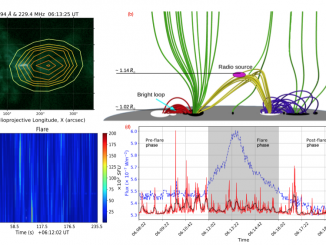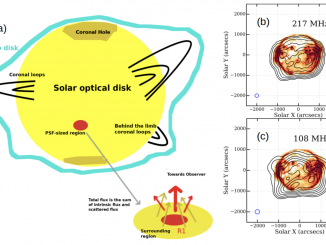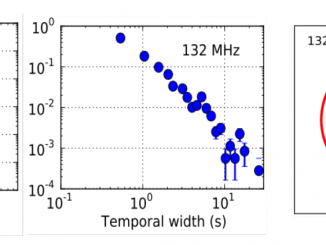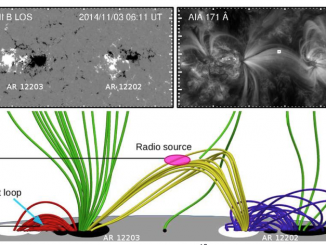A Possible Indication of the Insufficiency of Simplistic Homogeneous Models for Estimating Magnetic Fields of CMEs using Gyrosynchrotron Emission by Devojyoti Kansabanik et al.
Coronal mass ejections (CMEs) are large-scale plasma and magnetic field expulsions from the solar corona into the heliosphere. The magnetic field entrained in the CME plasma is crucial to understanding their propagation, evolution, and geo-effectiveness. Among the different observables at radio wavelengths, spectral modeling of faint gyrosynchrotron (GS) emission from CME plasma has been regarded as one of the most promising remote observing techniques for estimating spatially resolved CME magnetic […]


